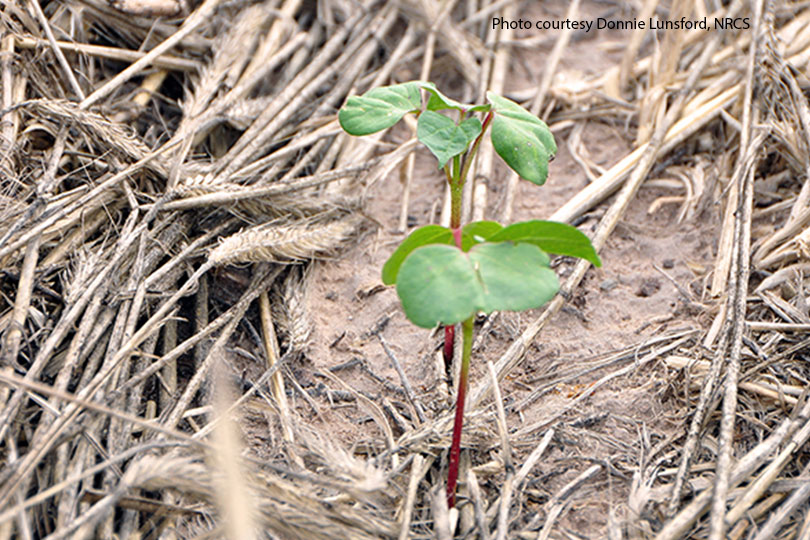President Joe Biden signed the Inflation Reduction Act into law in late August. The $770 billion bill includes tax and financial provisions, including many that will impact agriculture.
An earlier version of the bill—Build Back Better Act—stalled in the Senate over concerns about the cost of the bill. The compromise was the Inflation Reduction Act.
The legislation is largely funded through a 15% minimum tax on corporations and funding from the Internal Revenue Service’s tax enforcement, the projected result of hiring 87,000 new IRS agents who will ramp up audits.
The bulk of the spending in the bill is climate-related, but it also extends expiring Affordable Care Act subsidies.
“Although it’s called the ‘Inflation Reduction Act,’ the bill does not directly address the significant increase in production costs faced by farmers and ranchers,” Texas Farm Bureau President Russell Boening said. “Farm and ranch families are facing extremely difficult times with inflation, drought, high fuel prices, staggering input prices, labor shortages and more. They are looking for real solutions to help as they work to feed and clothe the world. However, we do not feel this bill accomplishes the goal of reducing inflation.”
The Inflation Reduction Act was developed without input from farmers, ranchers and agricultural organizations.
“While funding for conservation and other agricultural provisions is likely well intended, there was no stakeholder input provided in the development of this legislation,” Boening said. “As we approach the 2023 Farm Bill, we believe it is critical to provide adequate input from farmers and ranchers and that the legislation be carefully considered through the U.S. House Agriculture Committee. We are also concerned about the tax increases provided in the legislation and the negative effect they can have on inflation and our members.”
Conservation funding
The bill gives conservation funding an $18 billion boost for four programs starting in fiscal year 2023. The bill directs the U.S. Department of Agriculture (USDA) to prioritize projects that “mitigate or address climate change through the management of agricultural production.”
The Environmental Quality Incentives Program will receive $8.45 billion, and $3.25 billion will go to the Conservation Stewardship Program.
Another $4.95 billion will go to the Regional Conservation Partnership Program.
The Agricultural Conservation Easement Program will get $1.4 billion, and an additional $1 billion will be provided to USDA’s Natural Resources Conservation Service for conservation technical assistance.
About $300 million is allocated to USDA for measuring the impact of agricultural practices on greenhouse gas emissions.
Other ag-related funding
Also included in the Inflation Reduction Act is $9.7 billion in assistance to rural electric cooperatives for renewable energy and energy efficiency projects, along with $1 billion in loans for renewable energy projects in rural areas.
USDA’s Rural Energy for America Program, which funds renewable energy and energy efficiency projects, will receive about $2 billion.
The bill provides another $500 million for blender pumps and other biofuel infrastructure.
More than $5 billion will be used for wildfire prevention and climate resiliency projects in public and private forests.
The bill also includes $3.1 billion in assistance to “distressed” borrowers who hold direct or guaranteed farm loans and another $2.2 billion in payments to farmers who had experienced discrimination in USDA loan programs. Payments will be capped at $500,000 per farmer.
Also included is $4 billion in reclamation funding that will be used as compensation to water users for temporary or multi-year reductions in water usage and for ecosystem and habitat restoration projects that address drought impacts. Part of this funding will also be used for projects that reduce use of or demand for water supplies, or provide environmental benefits, in the Colorado River Basin.
Summary
The Inflation Reduction Act provides a significant, short-term infusion of funds for several conservation programs. However, the funding could complicate the upcoming farm bill discussions since the infusion will expire years before the next farm bill.
The act also does not directly take into account the inflation costs experienced by farmers and ranchers in the 2022 crop year.

